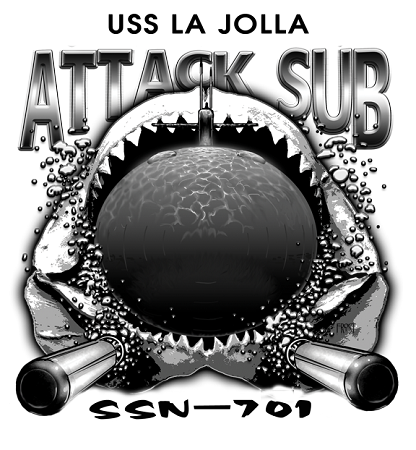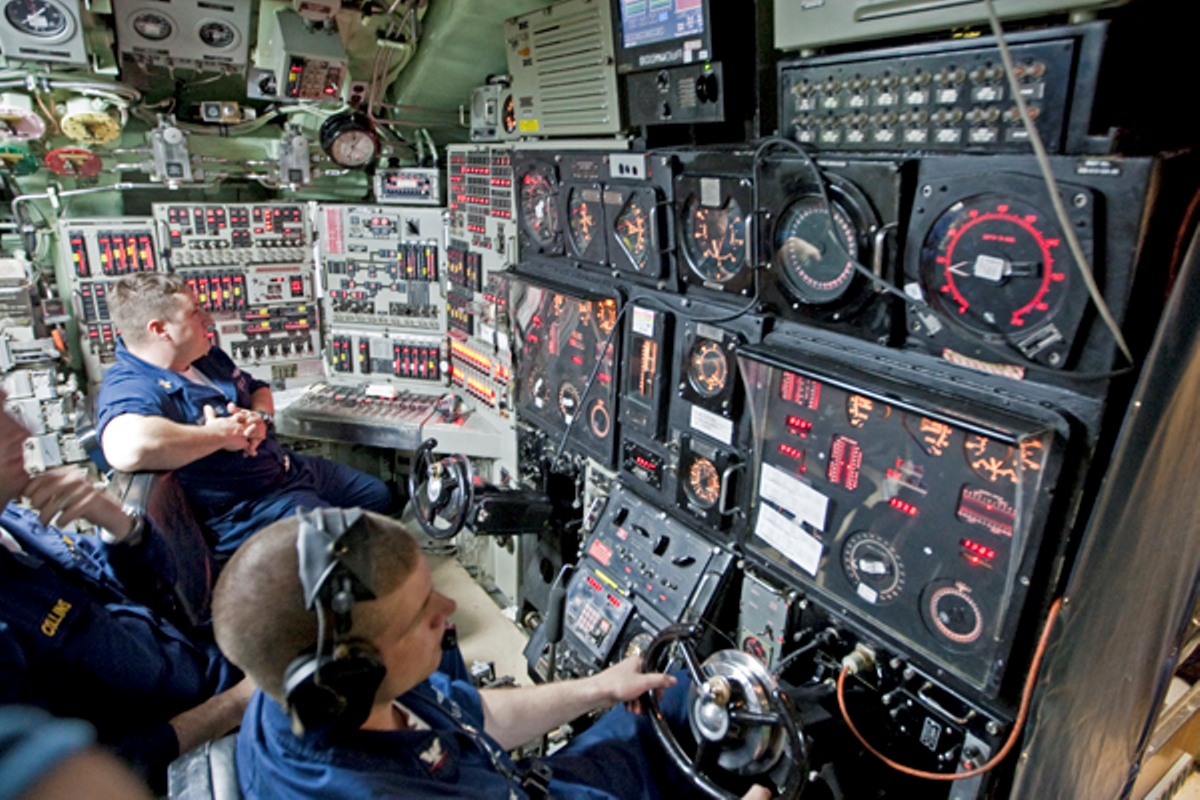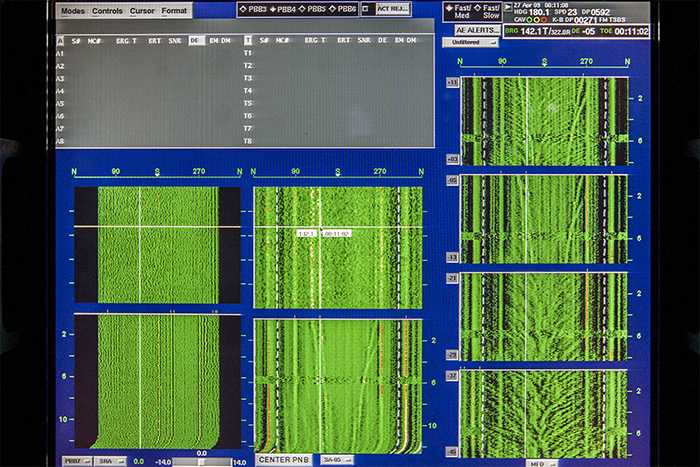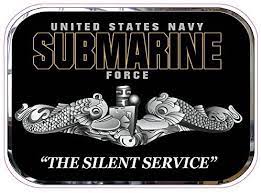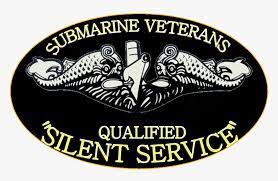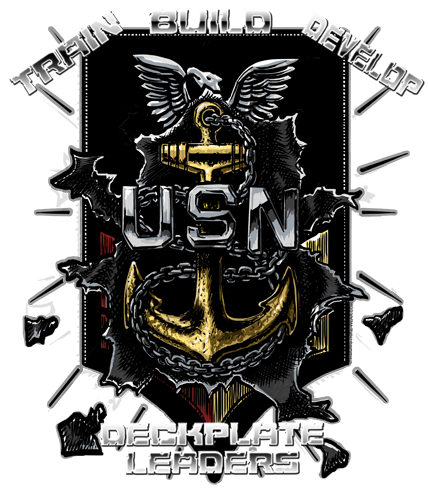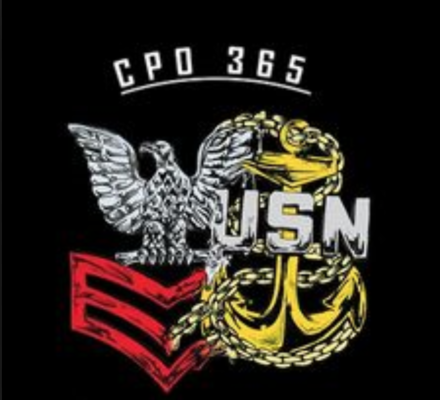


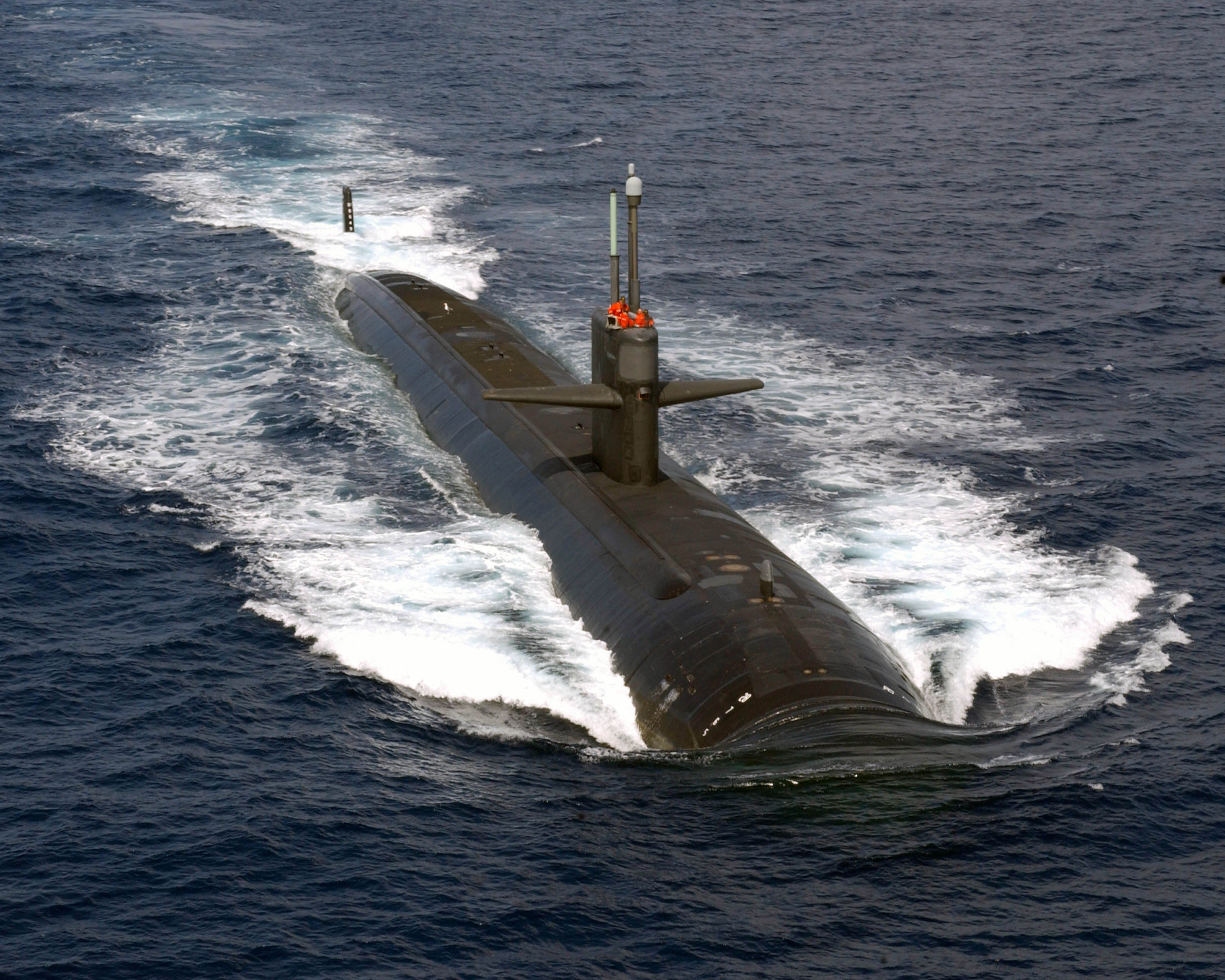
empty




No upcoming streams.

 1196
1196 2
2
A Retired Submarine Sailor who has been around the world underwater.
Now here to bring you a Blast from the Past we playing all of the
Greatest Hits from the 60's, 70's, 80's and Beyond.
So climb aboard my Musical Submarine Time Machine
and enjoy some Awesome Tunes.
This Station Is A Non Profit Radio Station.
DMCA Under The Copyright For Fair Use For Education Of 1976.
FAIR USE NOTICE: This site contains copyrighted material the use of
which has not always been specifically authorized by the copyright
owner. We are making such material available in our efforts to advance
understanding of music, broadcasting, radio presentation, etc. We
believe this constitutes a fair use of any such copyrighted material as
provided for in Section 107 of the US Copyright Law.
In accordance with Title 17 U.S.C. Section 107, the material on this site is distributed without profit to those who have expressed a prior interest in receiving the included information for research and educational purposes. For more information go to http://www.law.cornell.edu/uscode/17/107.shtml. If you wish to use copyrighted material from this site for purposes of your own that go beyond fair use, you must obtain permission from the copyright owner.
Thank You!
Please Subscribe and Add as a Friend so you don't miss any of the Greatest Hits from the 60's, 70's, 80's and Beyond.
Here are some things to know about the Submarine Force:
The U.S. Submarine Force goes where few can go by exploring and operating in the undersea world. With roots dating back to the birth of the nation, submariners have a long history in the U.S. Navy.
The Submarine Force is Comprised of More Than 70 Submarines.
In today's Naval Submarine Force, there are 53 fast attack submarines, 14 ballistic missile submarines - which currently carry more than 54% of the U.S.' nuclear deterrent arsenal - and four guided-missile submarines.
Its Insignia Features Two Dolphins.
In 1923, Capt. E.J. King submitted a sketch of what he thought the Submarine Force insignia should look like. His drawing depicted a shield mounted on a submarine beam with two dolphins leaping toward the tower. Although the Commander Submarine Division Atlantic endorsed the design, the Bureau of Navigation chose to solicit more designs to choose from. Eventually, they landed on today's Submarine Force Insignia design: dolphins flanking the bow and conning tower of a submarine. The final design recommendation was accepted by then-Acting Secretary of the Navy Theodore Roosevelt Jr. in March 1924.
The Submarine Force Made Its First Big Impact During World War II.
Submarines weren't really used during World War I, but they played a significant role during World War II. The U.S. Submarine Force sank 540,192 tons of Japanese naval vessels and 4,779,902 tons of merchant shipping during the war, which shook out to 54.6% of Japanese vessel losses.
The Force is Nicknamed the "Silent Service."
The Submarine Force is often called "The Silent Service" because of how it operates. Submarines can submerge more than 600 feet below the ocean's surface for up to four months at a time, constantly patrolling and working classified missions. You can't always see them, but they are always silently moving under the sea doing important work.
What is the nickname for submariners?
Bubblehead. A submariner or a diver in his hard hat Navy gear is referred to as a "bubblehead" because of the appearance of the helmet on his head.
Submarine Creed
"SAILOR'S CREED -- I am a United States Sailor. I will support and defend the Constitution of the United States of America and I will obey the Orders of those appointed over me. I represent the fighting spririt of the Navy and those who have gone before me to defend Freedom and Democracy around the world.
Sailors Creed
I am a United States Sailor.
I will support and defend the Constitution of the United States of America and I will obey the orders of those appointed over me.
I represent the fighting spirit of the Navy and those who have gone before me to defend freedom and democracy around the world.
I proudly serve my country's Navy combat team with Honor, Courage and Commitment.
I am committed to excellence and the fair treatment of all.
The "Sailors Creed" was written by a "Blue Ribbon Recruit Training Panel" in 1993 at the direction of Chief of Naval Operations Admiral Frank Kelso, who personally participated in the final edit of the working group's proposal. Admiral Kelso then directed that every recruit be given a copy and required to commit it to memory.
In 1994, Chief of Naval Operations Admiral Jeremy Boorda approved a minor change which made the creed inclusively descriptive of all hands. The change involved replacing the word "bluejacket"; with "Navy," which describes the lowest enlisted rate, E-1, through the highest officer rank, O-10. After 1997 another change to the text occurred when the words "my superiors" were replaced with "those appointed over me." In today's Navy, the Sailor's Creed is memorized by all personnel in boot camp and has been incorporated in officer training as well.
All of the personnel in the uniform of Naval Service are Sailors first and in addition, they are officers, chiefs, petty officers - aviators, seabees, surface warriors and submariners. This is an important point impacting unity and esprit de corps.
How hard is it to be a submariner?
Additionally, being a submariner is demanding from a technical standpoint, so you'll need to be skilled. Submarines feature sailors who have expertise in nuclear power, sonar operation, weaponry, and electricity, to name a few specialties.
Why are submariners called the silent service?
The Force is Nicknamed the "Silent Service."
The Submarine Force is often called "The Silent Service" because of how it operates. Submarines can submerge more than 600 feet below the ocean's surface for up to four months at a time, constantly patrolling and working classified missions.
What does it take to be a submariner?
Submarine officers must have at least a bachelor's degree. You will also need to successfully complete a series of aptitude tests, medical assessments and selection interviews. Creswell. Completion of basic training is followed by a four week seamanship course covering knowledge of all naval vessels.
What does it mean to get your dolphins in the Navy?
Criteria: The Submarine Warfare Insignia (also known as "dolphins" or "fish") is a uniform breast insignia worn by enlisted men and officers of the United States Navy to indicate that they are qualified in submarines.
U.S. Navy Submarine Service: Requirements to Serve on a Submarine Here's what it takes to serve aboard a U.S. Navy submarine
Here's what it takes to serve aboard a U.S. Navy submarine
So you want to know what it's like to be a submariner in the Navy? It will demand a lot out of you no matter what type of submarine you're on, as all of them are powered by a nuclear power plant and require highly educated and qualified personnel to operate these mutli-billion-dollar weapon systems.
There are three types of submarines in the U.S. Navy:
Fast attack submarines (SSN) are typically smaller and faster than the other subs and have more of a tactical mission of ship and submarine attacks, intelligence gathering, and even launching cruise missiles.
Ballistic missile submarines (SSBN) carry Trident missiles tipped with nuclear warheads. The Navy's 14 SSBNs act as the nation's sea-based strategic deterrence, providing the United States with an ever-present threat of nuclear destruction should any country think of attacking. The Navy is in the process of replacing the current Ohio-class SSBNs with the Columbia-class program, which will include 12 ships with construction starting in the late 2020s.
Cruise or guided missile submarines (SSGN) are former SSBNs that were converted into subs that can carry conventional weapons. The four SSGNs in the Navy's inventory carry a lot more firepower than a fast attack submarine and have the most advanced technology capable of launching cruise missiles, mini-submarines, and special operations personnel.
But what's it like to serve on these vessels? Let's take a look at U.S. Navy submarine service and what life is like aboard one of these massive vessels.
Requirements to Serve on a Submarine
To become a submariner, you must start with the most basic step: join the U.S. Navy and go through the basic training process. Approach your local Navy recruiter and tell them you want to become a submariner, and they will advise you on the best path forward.
The good news is you can volunteer for a role on submarines. You can let your commanding officer know your preference during academy training. You'll need to pass some tests and assessments, but hopefully, your superiors will see you as a good fit for that role.
Specifically, commanders want to know you can handle the special environment of a submarine. You're stuck in an enclosed environment with no sunlight and close quarters. If you're even slightly claustrophobic, this isn't for you. And with little access to the sun, it's hard to detect the passage of time, which may disrupt sleep patterns.
Additionally, being a submariner is demanding from a technical standpoint, so you'll need to be skilled. Submarines feature sailors who have expertise in nuclear power, sonar operation, weaponry, and electricity, to name a few specialties. You'll continue to receive training throughout your career on a submarine, and you'll be expected to handle just about every role on a sub, from electrician to galley cook.
Life Aboard a Submarine
So what's it like to serve aboard a submarine? Meet the 154 teammates who all are stationed in King's Bay, Ga., one of the Navy's submarine bases. These submariners call a 560-foot-long steel boat with no windows "home."
Every submariner is familiar with the dangers involved with living and traveling the world's seas underwater can bring. But they go to sea anyway, cruising below the ocean's stealth and concealment. Most people, many Sailors included, think they're crazy. But like any family, when nobody else understands them, they understand each other.
"To be a submariner you have to be different," said one submariner. "It takes a unique mindset to handle being isolated from people, the sun, and fresh air as long as we are. Most people just can't handle the thought of being underwater, but submariners never really think about it. We try to tell people that being submerged at 400 feet is just like sitting on your couch in the living room, but I guess they just can't get past having that much water above their heads."
Earning Your Dolphins
Those words go a long way in understanding why the submarine warfare qualification process has always been mandatory.
"Earning your Dolphins [the Submarine Warfare insignia] is what signifies to the rest of the crew that you can and will be trusted with our lives," said Electronics Technician 2nd Class (SS) Joseph Brugeman. "I know everyone aboard personally, and that level of familiarity allows me to trust them in a casualty situation. I couldn't imagine trusting my life and the life of the boat with anyone I didn't know personally. If you're on my boat and you're wearing Dolphins, then I trust you, period. I don't care if you're a yeoman, cook, missile technician, or mechanic--I know you've got my back. It doesn't get any more intimate than that."
When a new Sailor reports aboard any submarine and gets his boat's submarine warfare qualification card, he'll find blocks for pneumatics, hydraulics, sonar, and even the weapons systems. What he won't find any signatures for is the very thing that wearing Dolphins is all about--trust. But once you're wearing them, trust is assumed.
"Wearing Dolphins means much more than knowing how to draw all of the boat's hydraulic, steam, electronic, and air systems," said Culinary Specialist 3rd Class (SS) Jeff Smith, the Blue Crew's night baker. "It means more than being able to explain how a drop of seawater outside the boat makes it into your cup in the galley. No, wearing Dolphins means that the crew trusts you to know how to save the boat regardless of the casualty, and regardless of your rating or rank. Earning that trust makes you much more than a professional sailor, it makes you a member of the submarine family."
"On my boat," added CDR Robert Palisin, Maine's Blue Crew commanding officer, "everyone is expected to know how to save the boat. We don't discriminate based on what your rating or even your rank is. My cooks should and do know how to fight a fire in the engine room, just like my nuclear-trained mechanics are expected to know how to isolate a power supply if smoke comes from the sonar shack. Everyone on a submarine is the damage control party--everyone."
Having Each Other's Backs
Palisin was careful to explain that damage control is much more than just knowing what to do if something bad happens. It's being confident enough in your knowledge of the boat's systems to speak up if someone else on the crew is about to make a mistake that affects a ship's safety.
"In the submarine force, we put an emphasis on being right more than what a Sailor's rank might be because everyone aboard a submarine is expected to be a backup to his shipmate," said Palisin. "Even I, as the captain of this boat, would expect the most junior sailor to jump up and down screaming his head off if I made a mistake that endangered the ship. Our lives depend on knowing that we can count on each other to watch our backs, to make sure the safety of the ship is placed well ahead of rank or rate."
Palisin, like all boat captains, makes sure his crew knows how to fight any casualty by constantly running casualty drills throughout the boat's deployment. After all, practice makes perfect, and when you have only yourselves to count on, being perfect is the only standard good enough to keep you alive.
"We practice responding to casualties so much that we do it instinctively," said MM2(SS) Jim Crowson. "Our training has to be instinctive. Otherwise, we might get scared first instead of responding if the real thing ever goes down. At 400 feet, there's no time to be scared. I'm not trying to sound macho-it's just the reality of how to survive when all you may have are seconds before the boat sinks below crush depth."
Despite going to sea on a boat with no windows, no fantail, no helipad, and not even a hatch to allow in some tension-breaking fresh salt air, submariners are still sailors at heart. These brothers volunteer for submarine duty and their commitment is no different than the sailors on aircraft carriers, cruisers or even tugboats.
They love their country, uphold the Navy's core values of honor, courage, and commitment, and want to make it back safely from every deployment. As the silent service, though, they'd just rather you didn't talk about it.
Courage
Courage is the value that gives me the moral and mental strength to do what is right, with confidence and resolution, even in the face of temptation or adversity. I will:
Comminment
The day-to-day duty of every man and woman in the Department of the Navy is to join together as a team to improve the quality of our work, our people and ourselves. I will:






